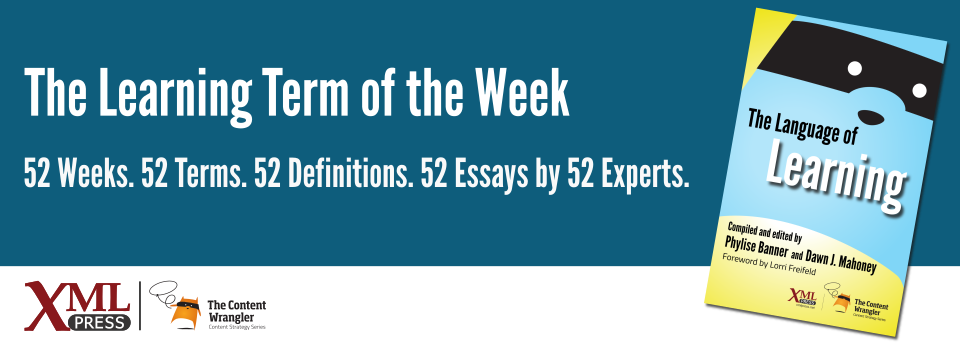What is it?
The theory and practice of supporting self-directed learners, typically, but not exclusively, adult learners.
Why is it important?
Learning is best when it is directed, supported, facilitated, guided, and designed to be appropriate to the context of the individual learner.
Why does a business professional need to know this?
The term andragogy, which most often refers to the theory and practice of supporting adult learners, was coined by German educator Alexander Kapp in 1833 and popularized by American educator Malcolm Knowles in the 1970s(Kurt 2020).
Andragogy is situated on the learning continuum between pedagogy, where what is learned and how it is learned is teacher-determined and directed, and heutagogy, where what is learned and how it is learned is determined solely by the learner. In andragogy what is learned is determined by the teacher, and how it is learned is directed by the learner(Anderson 2006, p. 4).
Understanding the learner’s role in learning is essential to effectively, efficiently, and successfully designing learning. The learning content must be appropriate to the context, and position on the continuum, of the individual learner. And it is not necessarily dictated by age or stage of development of the learner.
There are several key principles that differentiate andragogy:
- Role: the instructor functions more as a guide on the side, rather than as a sage on the stage. Learners want choices and options and consider themselves equal partners in the learning process.
- Environment: collaborative and less formal.
- Learning: learner-centered and experiential in nature, taking life experiences and prior knowledge into account, rather than being didactic and focused on knowledge acquisition or content-oriented.
- Methods: deeper learning and engagement methods, include problem-solving, case studies, role-playing, simulations, project-based activities, self/peer evaluation, and group or paired activities.
- Curriculum: designed to support applied learning and experience (including mistakes) that is practical and immediately relevant to the learner, i.e., what the learner needs/wants to know, rather than a standardized curriculum determined by society and/or educators.
- Motivation: Rather than being driven by external pressures to learn, the drive to learn is directed and sustained by the learner’s own internal motivation. Learners assume active responsibility for their learning.
References
- (Anderson 2006) The e-mature learner: Anderson, John (2006). edited by Janice Staines. Microsoft Word file. Think-piece for the British Educational Communications Technology Agency (Becta). Archived by the UK Government Web Archive.
- (Graham 2017) A Simple, Easy to Understand Guide to Andragogy: Graham, Steve. (2017). Lifelong Learning Matters, Cornerstone University.
- (Kurt 2020) Andragogy Theory — Malcolm Knowles: Kurt, Serhat. (2020). In Educational Technology, June 30, 2020.

